10 Forgotten Luxuries of Old Money Families
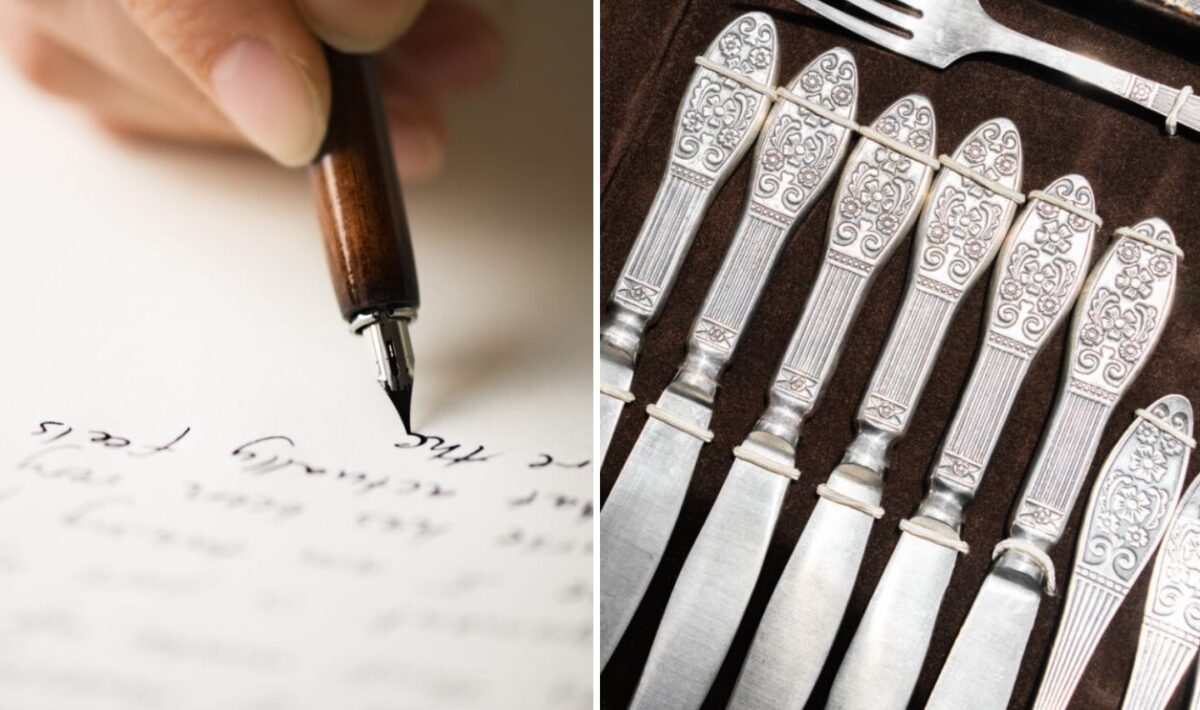
Old money families — with their long-standing traditions and inherited wealth — are known to indulge in lavish, extravagant displays of wealth. But these once-prized possessions, from grand pianos and fur coats to tobacco rooms and hunting estates, reflected an era of grandeur and sophistication that has since passed. Once symbolizing an elite status and a refined lifestyle, here are 10 items that have gradually been replaced or deemed obsolete as trends and societal norms shift.
1. Fur Coats

Symbolizing wealth, prestige, and a knowledge of couture fashion, fur coats were once seen as the ultimate status symbol. But growing awareness of animal rights coupled with changing fashion trends have made the use of real fur highly controversial and unethical. Nowadays, many wealthy elite are turning to sustainable and cruelty-free luxury fabrics.
2. Tobacco Rooms
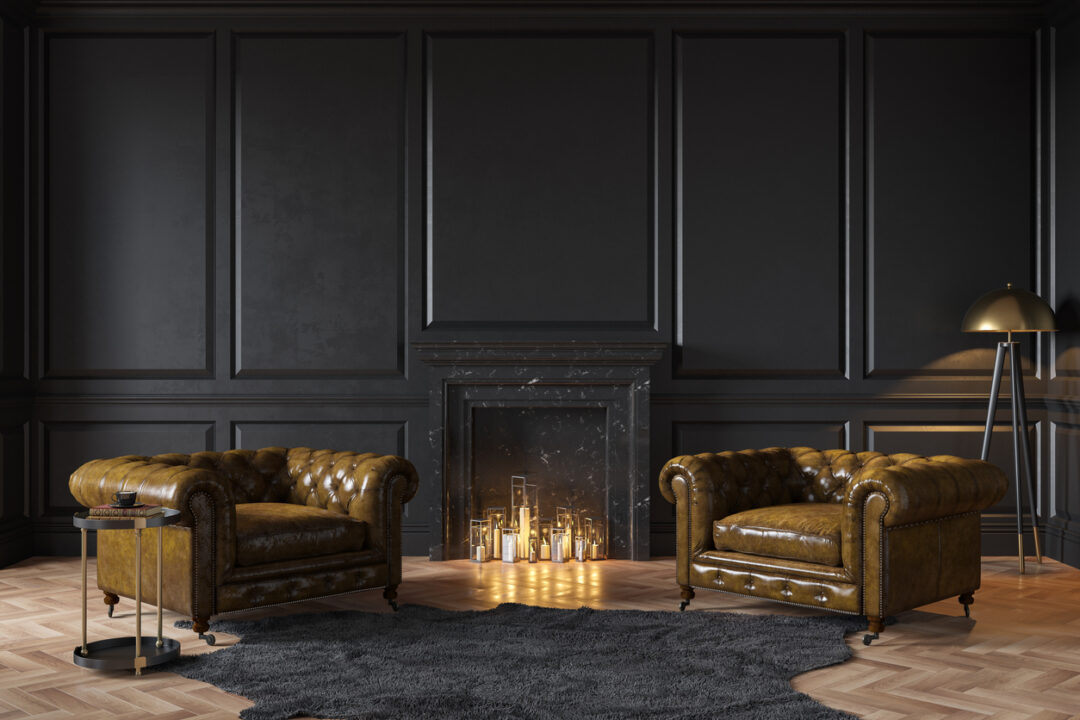
These exclusive rooms — once used for “after-dinner cigars and brandy,” as the rich men on the Titanic would say — provided an environment for affluent folks to discuss business opportunities and forge new connections. But health concerns and a decline in this culture have rendered tobacco rooms outdated. Modern preferences have also shifted toward wellness spaces like home gyms and yoga studios.
3. Hunting Estates

Owning expansive estates for hunting game was a hallmark of traditional aristocratic privilege. But over time, concerns over conservation, along with a decline in hunting as a sport, made these estates less appealing. Some families even converted their hunting grounds into nature reserves or sold off large tracts of land for development and other projects.
4. Vintage Silverware Sets
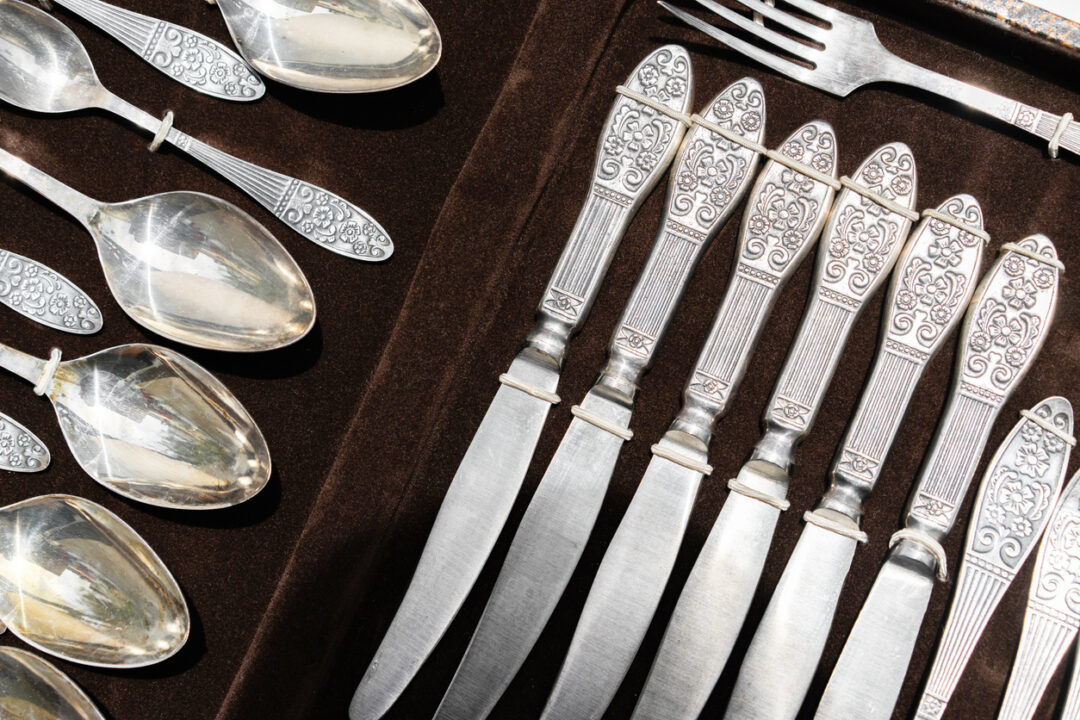
Often occupying the same cabinet as vintage figurines, full sets of vintage sterling silverware was another given for wealthy families to have, especially while hosting dinners and black tie events. Today, silverware maintenance is considered burdensome, and many opt for sleek, low-maintenance alternatives. Heirloom sets are now typically displayed as decorative pieces rather than everyday tableware.
5. Fine China Cabinets
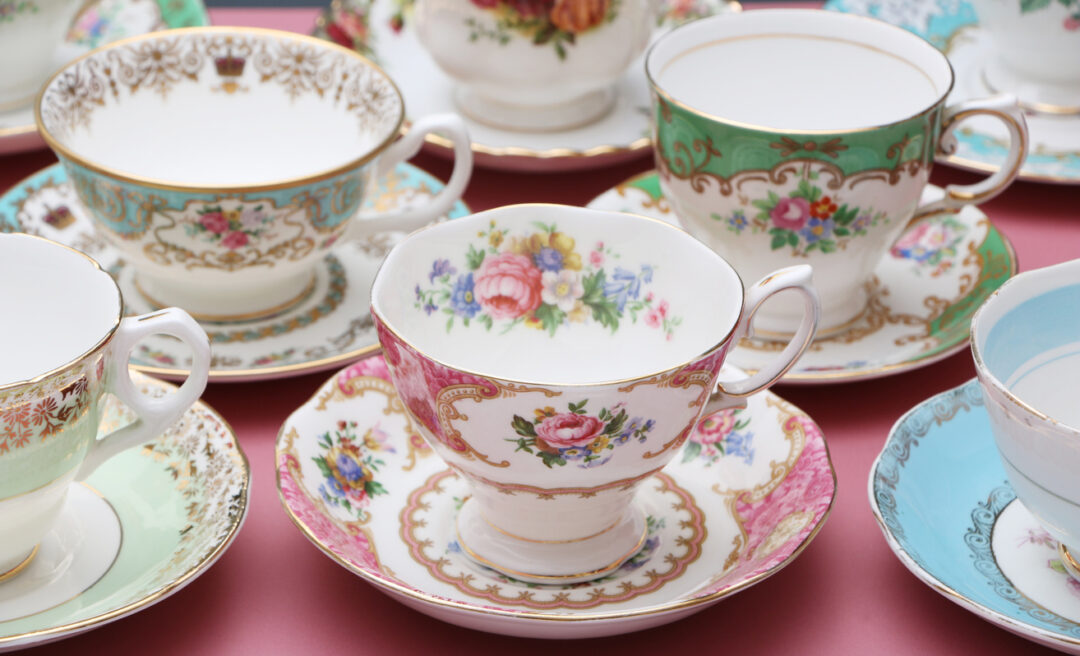
Fine china cabinets housing delicate, expensive porcelain dinnerware were often passed down through generations. But changing lifestyles have made the practice of formal dining rare, with many families opting for simpler, dishwasher-safe options. As a result, vintage china is now often seen collecting dust in forgotten attics or being auctioned off at events.
6. Servant Quarters
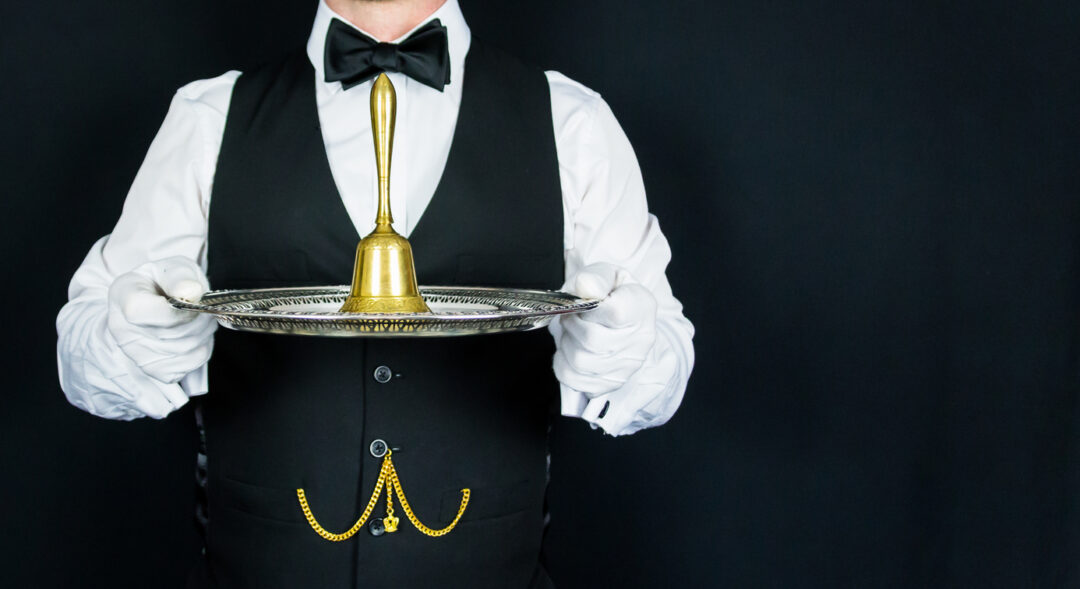
Old-money estates often had separate living quarters for household staff or “the help,” as they would call them. Over time, the decline of live-in servants (major barf) and a growing preference for privacy and independence have rendered these spaces obsolete. Nowadays, renovations frequently repurpose former servant quarters into guest suites or home offices.
7. Ballrooms
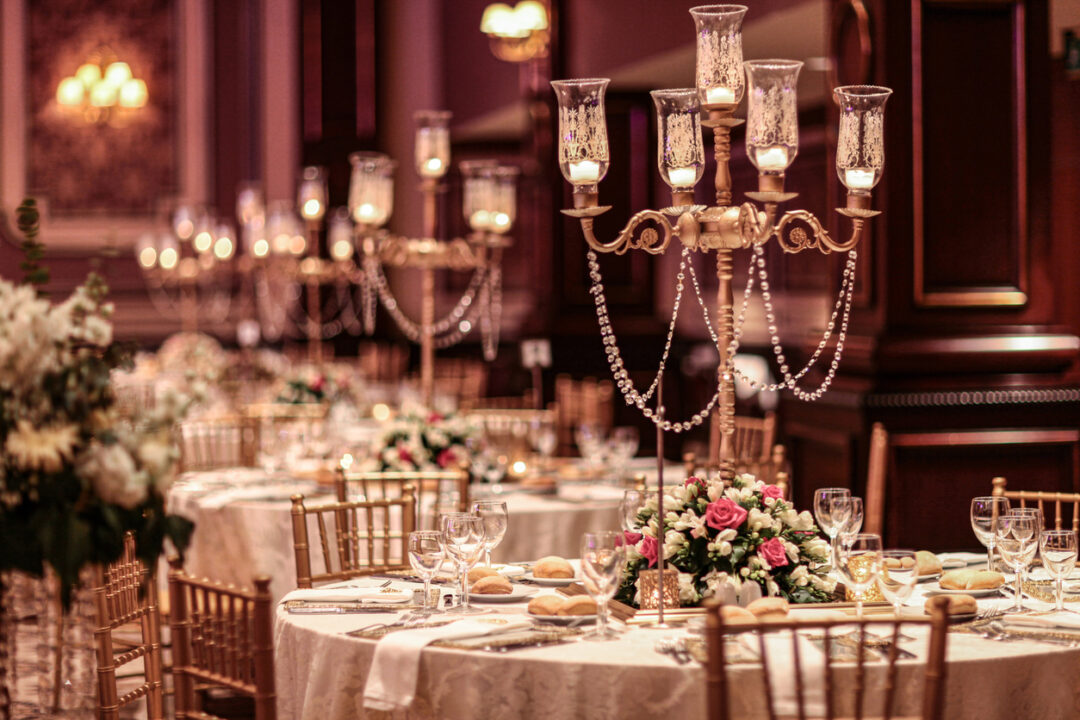
Lavish ballrooms — another hallmark of opulent social life — were once used for hosting grand balls and events. Today, they are mostly impractical for modern family homes and have often been repurposed into more functional spaces.
8. Monogrammed Stationery

Personalized, monogrammed stationery once conveyed the elegance and prestige of affluent families. As technology improves, the digital age has made handwritten correspondence rare, with emails and texting replacing formal paper communication. Luxury stationery companies have also shifted their focus to high-end, personalized gifts as a way to stay competitive.
9. Horse-Drawn Carriages
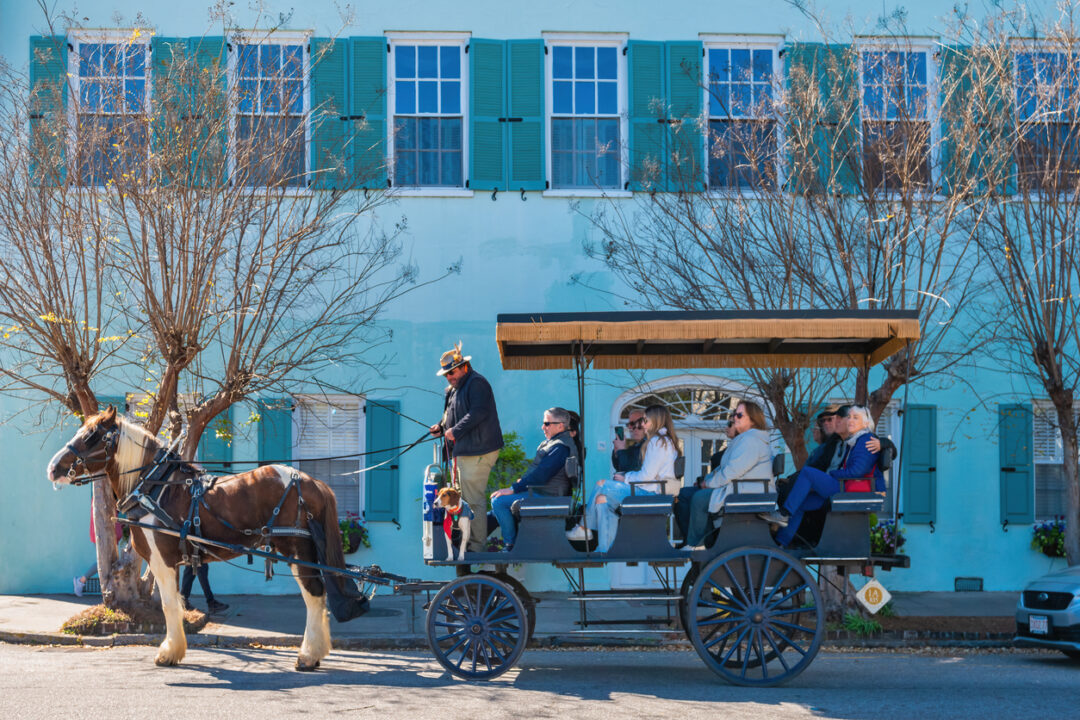
At one time, owning and maintaining a stable with horse-drawn carriages was a true mark of affluence. But with the creation of luxury vehicles and more efficient public transportation, carriages have become a relic of the past. They are now more likely to be used for tourist experiences or parades, rather than daily transportation. Activists have also spoken out against the practice, citing concerns over animal cruelty.
10. Grand Pianos
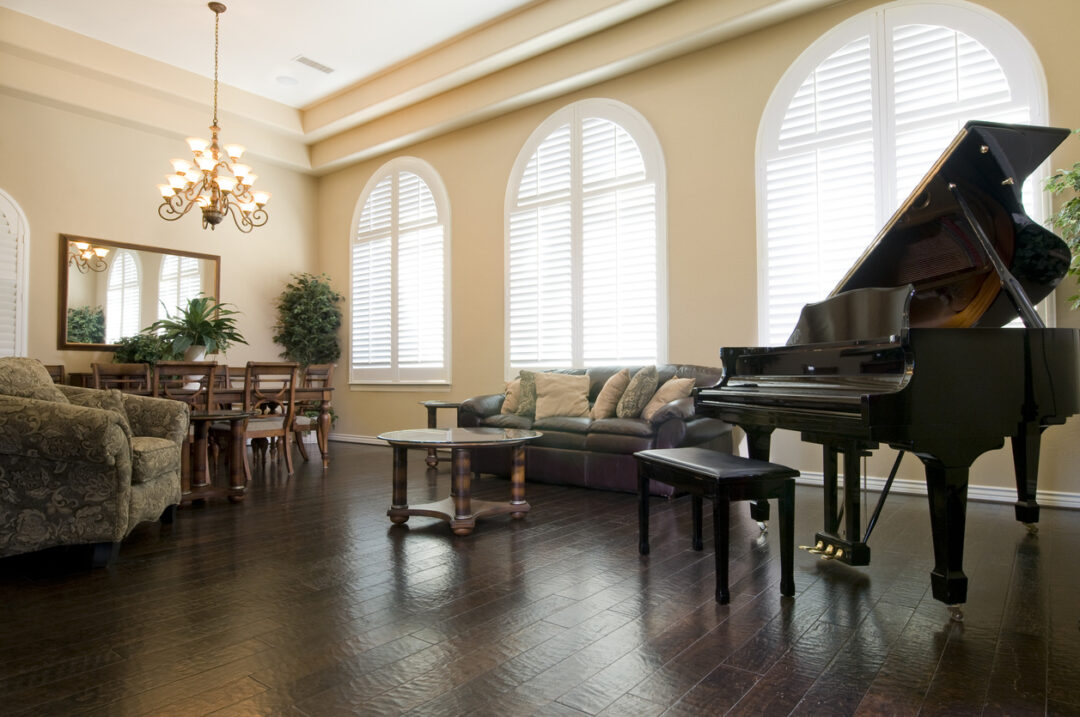
Once a focal point of rich people’s living rooms, grand pianos signified opulence and musical refinement. Today — unless you’re a serious musician — they often sit as untouched antiques, too large and inconvenient for modern homes. In comparison, digital pianos have become more practical, leaving their bulky cousins to be admired mostly in concert halls, museums, and “Bridgerton” sets.